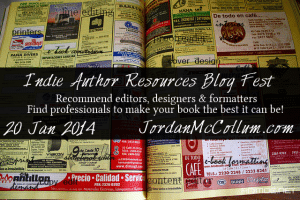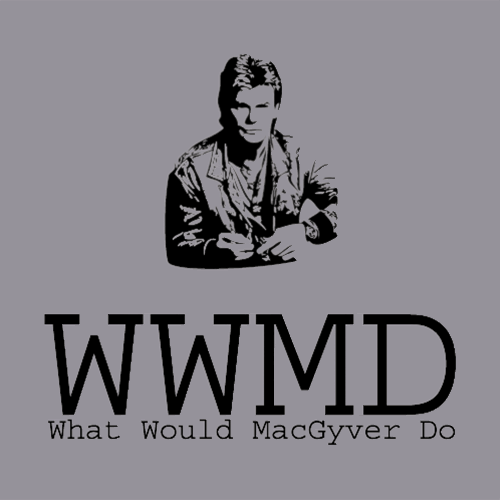But before we get to that—AMAZING NEWS.
 I know January was filled with all kinds of great news for me, but the end of the month brought the best. The 2013 finalists for the Whitney Awards—prestigious awards for all LDS authors—were announced.
I know January was filled with all kinds of great news for me, but the end of the month brought the best. The 2013 finalists for the Whitney Awards—prestigious awards for all LDS authors—were announced.
And I, Spy is one of the five Whitney Award finalists for Mystery & Suspense.
And so is Spy for a Spy.
Sometimes it sets in and I get excited and humbled and flattered and thrilled. Most of the time, I’m still just . . . stunned. I worked so so so hard on these books, but still . . . I don’t know how this happened. I’m not entirely convinced it did.
Another fun fact of going up against myself: I have double the chance of winning, yes (if it were statistical, which it isn’t), but no matter who wins . . . I will also lose. Which also means I’m guaranteed the traditional Whitneys loser pie!
Now, somehow, I have to move on from that amazing announcement for another. Spy Noon is here!
We’re celebrating the launch of Spy Noon, a prequel novella to I, Spy! You can also find Spy Noon at the special 99¢ launch discount through Singles Awareness Day (Feb 14) on Amazon, Kobo, Barnes & Noble and JordanMcCollum.com!
It’s the day a significant proportion of the population dreads—a day they are reminded of everything they don’t have—a day that lives in infamy. You may know it as “Valentine’s Day,” but if you’re unattached, a better name might be . . . Singles Awareness Day.
On the other hand, there are worse fates than being alone, even on Valentine’s Day. For example, a totally hot guy you can’t seem to get away from, pursuing you when you’re really not interested—and he can’t take a hint. CIA operative Talia Reynolds doesn’t do romance, but her new coworker doesn’t care.
About the Book
 Canada’s the last place you’d expect to find an American spy, but CIA operative Talia Reynolds has problems piling up higher than a Canadian snowbank. When Elliott Monteith, her ridiculously handsome new coworker, shows up (and shows her up), Talia decides it’s game on. She’ll be the first to track down a dangerous counter-spy, and she’ll give Elliott an unforgettable souvenir of his time in Ottawa: some humble pie.
Canada’s the last place you’d expect to find an American spy, but CIA operative Talia Reynolds has problems piling up higher than a Canadian snowbank. When Elliott Monteith, her ridiculously handsome new coworker, shows up (and shows her up), Talia decides it’s game on. She’ll be the first to track down a dangerous counter-spy, and she’ll give Elliott an unforgettable souvenir of his time in Ottawa: some humble pie.
Her plans don’t work as well as she expects, though. Elliott’s over-the-top flirting dredges up too many painful memories for Talia and undermines the confidence she’s worked hard to regain. To do her job and keep her integrity intact, she’ll have to keep her personal feelings at bay. Now Talia must find a way to work alongside Elliott—and maybe even trust him—to outsmart the enemy.
More about Spy Noon | Add Spy Noon to Goodreads!
Read an excerpt from Spy Noon now!
The Spy Another Day series
| I, Spy Book One |
Spy for a Spy Book Two |
Mr. Nice SpyFREE Prequel novella |
| To save her secrets and her country, CIA operative Talia Reynolds must sacrifice the man she loves. | Talia’s new boss is her ex-boyfriend. And that’s the just beginning of her problems. | Elliott Monteith must choose between his fiancée and his fellow spy. Cake. |
|
Chronologically, Spy Noon is the first in the series.
|
||
Praise for the series
A fast-paced, crisply written story with entertaining plot twists, told in a first person, wryly self-deprecating narrative voice. . . . I, Spy is a well-crafted romantic suspense with humor, heart, and a uniquely engaging heroine.
— Vanessa Kelly, Love Rocks column, BarnesAndNobleReview.com
I knew by the first page that I was going to love [I, Spy]. I absolutely loved Talia’s inner voice. . . . The plot is enjoyable and I loved the action! I really could not guess what was going to happen next. There were so many surprises at the turn of each page, especially during the climax, it didn’t matter what time it was, I had to finish.
— Mindy Holt, LDS Women’s Book Review
One of her top reads of 2013
The series has this great combination of sarcasm and wit in the MC, great chemistry and dialogue between her and her love interest, and then a whole slue of spying, deception, intrigue, and danger. Especially of that last one. . . .
I thoroughly enjoyed [Spy for a Spy]! I would definitely read it again and I am highly anticipating the next book that Jordan McCollum writes! If you enjoy action-adventure, suspense, or books about characters who are spies and some romance, then I would definitely recommend this.
— Tressa, Tressa’s Wishful Endings
About the author

An award-winning author, Jordan McCollum can’t resist a story where good defeats evil and true love conquers all. In her day job, she coerces people to do things they don’t want to, elicits information and generally manipulates the people she loves most—she’s a mom.
Jordan holds a degree in American Studies and Linguistics from Brigham Young University. When she catches a spare minute, her hobbies include reading, knitting and music. She lives with her husband and four children in Utah.
Website/Blog | Twitter | Facebook | Goodreads | Email newsletter
Today’s Tour Stops
Readalot Rhonda + review
Shooting Stars Reviews
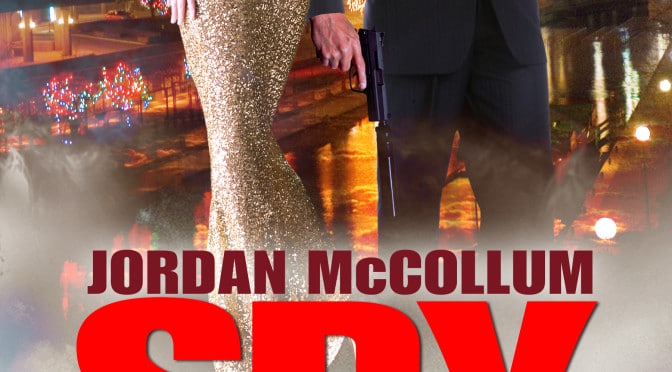

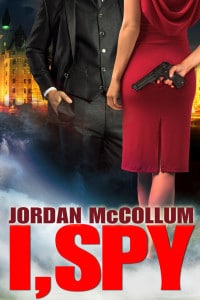


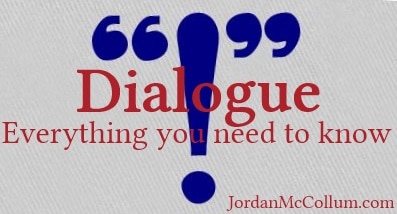 We’ll start with the technical stuff—a little rote memorization and it’s easy to master. Punctuating dialogue can be tricky—but messing it up (aside from the occasional error) will mark you as an amateur.
We’ll start with the technical stuff—a little rote memorization and it’s easy to master. Punctuating dialogue can be tricky—but messing it up (aside from the occasional error) will mark you as an amateur.
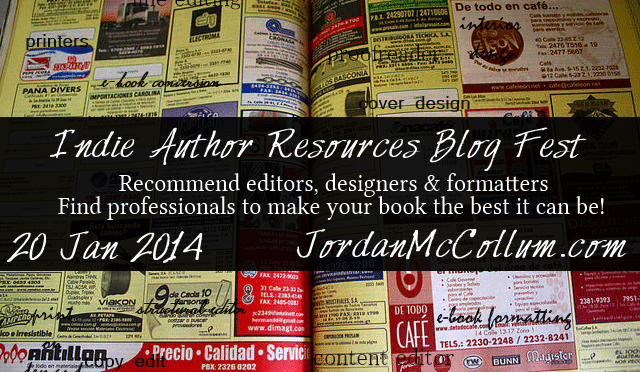

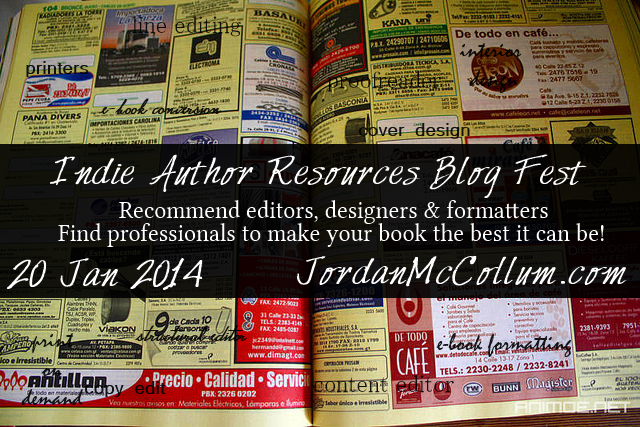 1. The theme is Indie author resources. It’s all about showing some love for all those people who helped make your book great. So who do you put in your post?
1. The theme is Indie author resources. It’s all about showing some love for all those people who helped make your book great. So who do you put in your post?